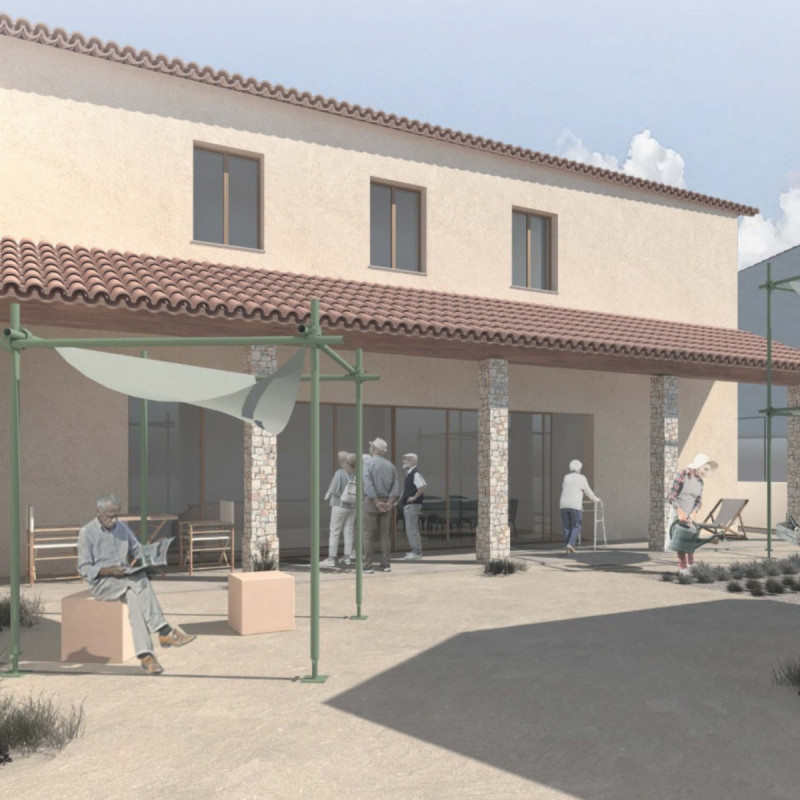5 key facts about this project
This architectural endeavor encompasses various functional areas, ensuring it meets the diverse needs of its users. The design features open communal spaces that encourage interaction and collaboration while providing essential amenities. A clear organizational layout optimizes movement throughout the structure, allowing for a seamless transition between different zones, such as work areas, relaxation spots, and public interfaces. Strategically placed windows and skylights enhance natural light flow, creating an inviting atmosphere that fosters a sense of well-being.
Materials are an integral aspect of this project, chosen not only for their aesthetic qualities but also for their performance and environmental impact. The extensive use of concrete combines durability with a raw, industrial appeal, grounding the project in its context. Complementing this are expansive glass facades, which serve dual purposes of providing unobstructed views and connecting interior spaces with the external environment. Wood accents introduce warmth and texture, adding an organic element to the overall design and enhancing user experience.
Unique design approaches define this architecture, reflecting a sensitivity to both environmental and cultural considerations. The incorporation of green building practices is evident throughout the project, with features such as green roofs and rainwater harvesting systems contributing to its sustainability credentials. This not only minimizes the ecological footprint but also encourages biodiversity in an urban setting. Furthermore, the architectural composition intentionally resonates with local traditions and climatic conditions, ensuring the building is not only a shelter but also a culturally relevant landmark.
The project's architectural design is characterized by its coherent aesthetic and innovative spatial arrangements. Each component, from structural elements to surface treatments, works together to create a cohesive whole. The interplay of light and shadow across the facades adds a layer of dynamism, inviting occupants to engage with the architecture in various ways throughout the day. Interior spaces are designed with versatility in mind, accommodating a range of activities and fostering creativity.
Visitors and users alike will notice how the architectural ideas are manifested through every detail, creating an environment that is not just functional but also enhances the quality of life for its occupants. The emphasis on user experience is apparent, with spaces that promote interaction, relaxation, and productivity all designed to cater to the evolving demands of modern life.
For a more in-depth understanding of this project, including architectural plans, sections, and further design insights, readers are encouraged to explore the full presentation of the project. Engaging with these elements will provide a deeper appreciation for the nuanced details and architectural integrity that define this important addition to its environment.


























